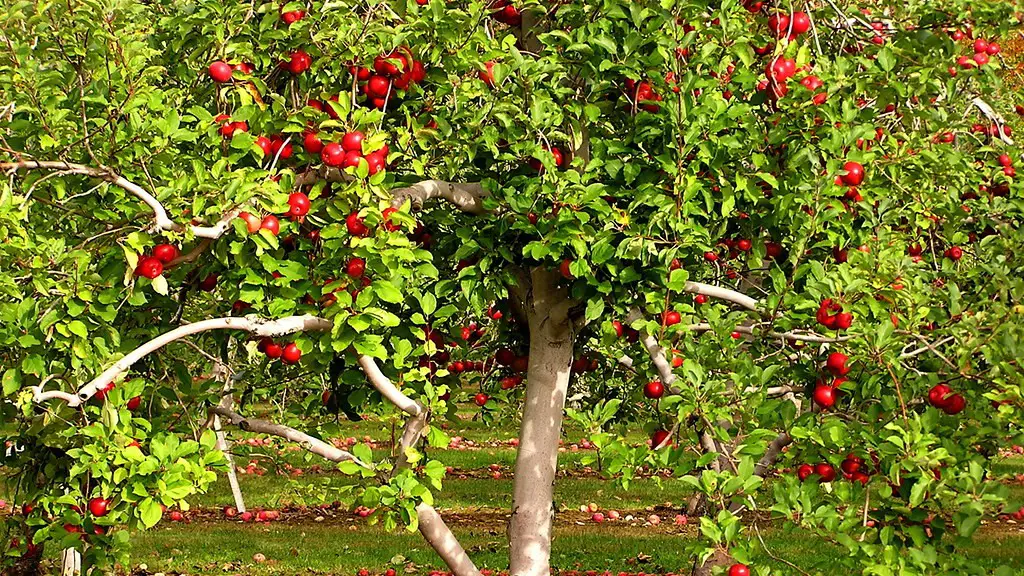Pros and Cons of Growing a Palm Tree Indoors
Growing indoor palm trees offer a look of nature’s beauty and peace to any household. But there are many pros and cons to consider before purchasing one. Depending on the type of palm tree and care requirements, palm trees can be a decorative yet practical addition to any home.
Requirement of Light
The requirements for healthy indoor palm trees are light and water. Palms need lots of light in order to grow and some feel more comfortable in direct light. While some types of palms can handle dim light conditions, some need more than that and when given direct, bright light, they will thrive.
Water Requriements
When it comes to watering, too much can quickly drown the palm and it will rot due to the limited air movement in indoors. It is therefore more important to be extra careful with the amount of water given to the palm. Palm trees also like to be misted every other day.
Potting Mix
When purchasing indoor palms, it is important to also purchase a potting mix that is meant for indoor plants. This type of mix retains water and nutrients better, while allowing proper oxygen exchange.
Fertilizers
Fertilizers are important when it comes to maintaining the health of a palm tree. It is best to buy one that is formulated for palm trees, as these will have all the required trace elements for the tree to thrive.
Repotting
Repotting an indoor palm tree is important when it starts becoming overcrowded in its pot. It is best to repot the tree early, before it becomes root-bound, as this will reduce the shock of the transplant.
Pruning
Pruning an indoor palm tree is not a must, but it is a good way to keep the tree looking good and healthy. Pruning should be done carefully to make sure not to damage any of the parts of the tree.
Why Choose an Indoor Palm Tree?
An indoor palm tree offers a home a lot of benefits. Thanks to their height and wide leaves, they create an uplifting atmosphere and an instant connection to nature’s beauty. They also help purify the air, providing a healthier environment in the household.
Types of Indoor Palms
The most common type of palm tree for indoors is the Parlor Palm (Chamaedorea) which does well in dim light and does not need much water or space. Other popular types are the Majesty palm (Ravenea) and the Areca Palm (Dypsis Lutescens), which prefer more light and need more room for their large size.
Caring for an Indoor Palm Tree
When cared for properly, an indoor palm tree will bring life to the home for many years. It is important to be aware of the type of palm and it’s specific requirements before buying one. During the life of the tree, some regular actions need to be taken in order to keep it healthy and looking good.
Light and Soil Requirements
The light needs of a palm tree vary depending on the type and should be taken into consideration when purchasing one. Additionally, the special potting soil needs to be a well draining one, in order to give the roots the oxygen they need.
Water and Fertilizers
Some types of palm need to be watered every other day, while others prefer to be watered less often. Overwatering can lead to root rot, so it is important to keep an eye on the water levels. Additionally, fertilizers are important for the nourishment of the palm.
Repotting and Pruning
Repotting an indoor palm is important to keep it healthy and, when this is needed, it is best to do it early before the tree gets too big. Pruning is not mandatory, but it is a good way to keep the tree looking good and tidy.



